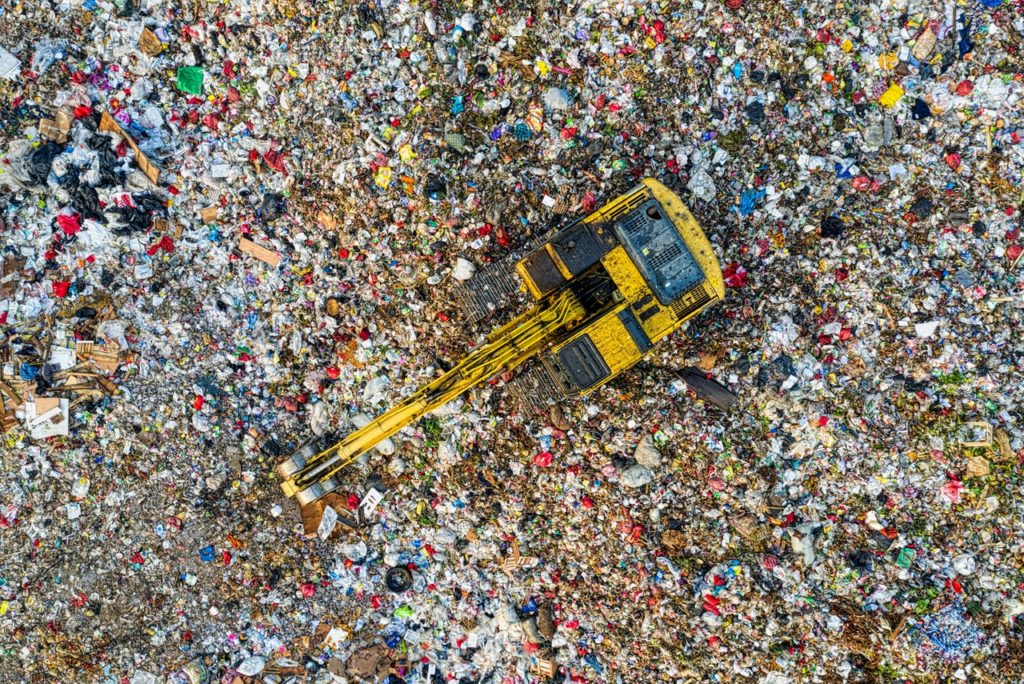It’s the eve of garbage day. You may feel a bit guilty as you roll your container to the curb. You don’t have to think about that waste again, either. But maybe you have wondered, as you watch the trash truck pull away, just where that garbage ends up.
North Americans make about four pounds of trash per day per person. This is almost twice as much trash per person as most other major countries.
Before the emergence of the black plague several hundred years ago, garbage collection was a strange idea. However, sanitation is now a primary focus for any community that wants to stay healthy. With the ever-increasing global population, waste generation is steadily swelling. And as a way of managing these wastes, various structures have been designed. A major one is landfills.
A landfill is a well-designed structure that is constructed in or on the ground for collecting and separating waste from the environment. The trash is protected against rain, groundwater, and animals like rodents.
Although landfills have a reputation of harming the environment, it turns out that image doesn’t always match up with the way modern landfills work. Modern landfill science allows today’s waste collection facilities to minimize their ecological impact as much as possible.
The longstanding types of landfills include municipal solid waste (MSW), hazardous waste, and industrial waste. The fourth type that is yet to be adopted in various places worldwide is the green waste landfill. Each deals with only specific types of trash and has rules governing their operation.
A MSW may also receive other types of non hazardous wastes, such as commercial solid waste, non hazardous sludge and industrial non hazardous solid waste. The rules of operation vary by place as some are open for residents to dump their garbage individually while others only admit dumpster companies.
An industrial waste landfill is where industrial waste is disposed of. While any type of solid industrial waste can be brought to these landfills, they are most often used for construction debris disposal, which is why they are commonly known as C&D landfills. Items often brought to industrial landfills include: concrete, asphalt, gypsum, lumber, metals, bricks, roofing materials, and any other debris from demolition, construction, or renovation. In some cases, land debris like tree stumps may be included.
A hazardous waste landfill is a highly-engineered structure designed to hold various kinds of harmful materials without virtually zero escape into the environment. Due to the associated risks, these landfills have the strictest regulations on construction, waste handling, and maintenance.
Since most MSW landfills do not accept organic waste such as fruits and vegetables that are meant to decompose on their own, green waste landfills are steadily getting popular. The trash that can be disposed of here include leaves, weeds, mulch, flowers, and biodegradable items.
Landfills have come a long way since they were first introduced, and they continue to evolve each day. With these continual improvements, you can be confident that no matter how you toss your trash — from pickup to the transfer station — it’s going to be properly treated and taken care of to leave as little an environmental footprint as possible.
